One of the most interesting changes in Android 5.0 is the introduction of what Google calls "Material Design," a new design language that's shaping the future of the company's apps. If you follow Android tech blogs or sites, you might have seen these two words all over the place. But what do they really mean?
ContentsThink about Material Design literallyBut what does Material Design actually look like?Animations are essentialMaterial Design isn't just about AndroidWhere can I find Material Design on Android today?Let's break this down.
Most of what you need to know is explained right in the name – Material Design. Google's new interface is designed to feel like it's made of materials you can actually touch. Through the use of shadows and animations, things on screen should move as you would expect in reality. When you press a button, additional actions appear below it. When you swipe from the left, the menus scroll above the previous screen. When you close an app, it slides down the screen. In a way, it's a bit like interacting with a deck of cards.
Here's how Google developers explained things at Google I/O 2014.
Material Design borrows from concepts already applied to print design (think magazines and newspapers). Shadows help create a sense of depth where none exists, and appropriate use can mimic the appearance of papers stacked in multiple layers.
Using these same techniques, modern apps seem to have a sense of depth. The sidebar still exits from the left side of the screen as before, but it should now float above the action bar at the top of the screen. Many apps have a floating action button that hovers above other elements, and tapping it can bring up more options below.
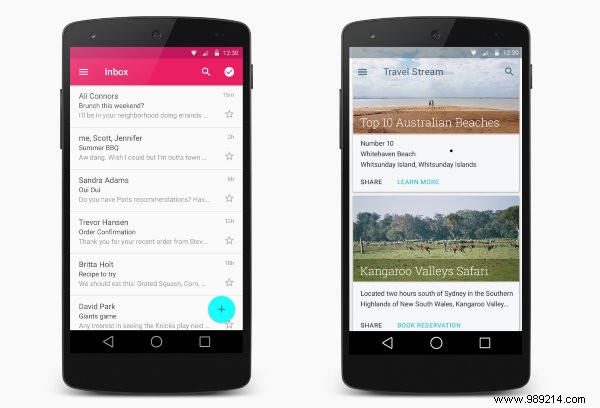
One of the hallmarks of Material Design apps so far has been bright, bold colors. Google illustrated this in its own apps, with Gmail being red, Inbox by Gmail sporting light blue, and Keep going yellow. Play Music is orange, Play Books is blue, Play Newstand is purple, Play Games is green, and Play Videos is red. The Play Store app switches between these five colors, but that alone isn't what makes it a good example of Material Design.
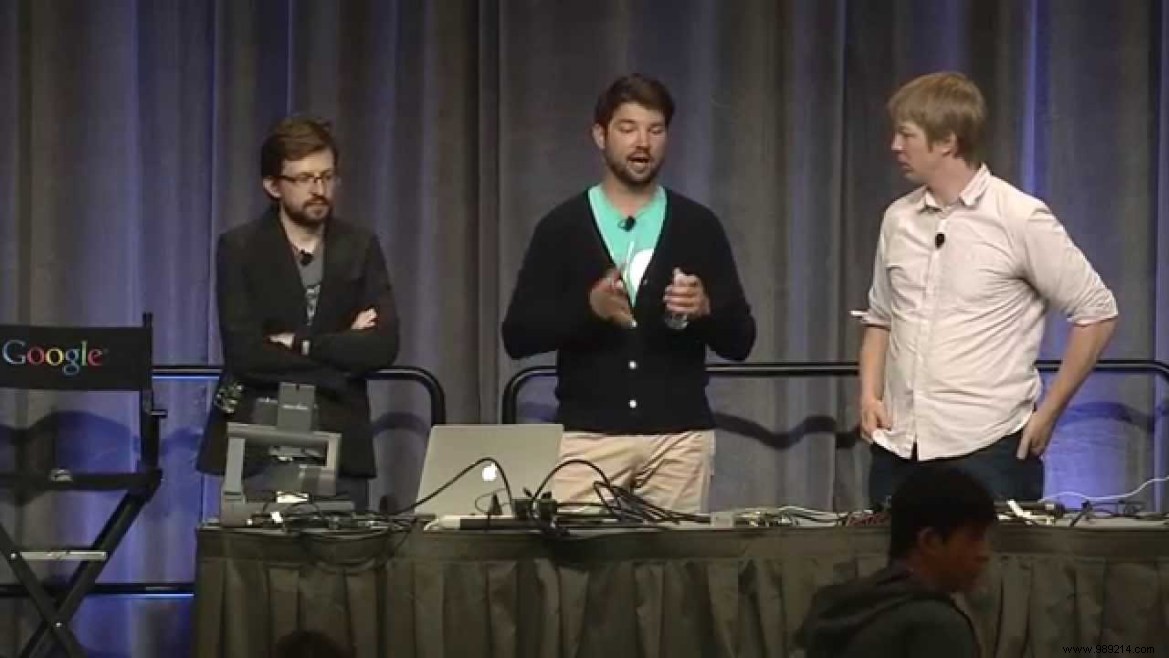
Your app can be gray and dull, like the current version of Google Drive, while still adhering to design guidelines. But the colors help establish an idea of the application you are in and the function you are performing. So even though the bright, eye-catching colors aren't an integral part of the material design, they're still a good thing to behold.

It's a bit difficult to convey the material design in static screenshots, and the animations are a big reason for that. To make everything really feel like real hardware, every UI element has its place. Applications slide into the screen from the bottom and return to it when finished.
In the Android 5.0 version of Google Now Launcher, the app drawer icon turns into a white tray that contains your apps. Sidebars, buttons, and info cards all slide from somewhere.
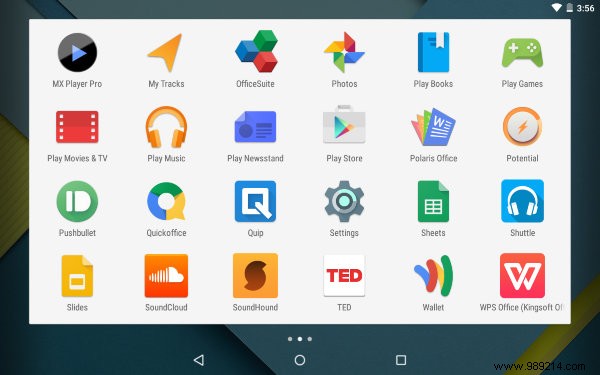
These animations are not only attractive, they help users understand what is going on. A page from one app sliding into another indicates that you are now viewing a different set of information, while the screen flickering and changing instantly might appear to be the result of a glitch. P>
Animations show how different aspects of the user interface react to our touch, and this is increasingly important as we move away from devices with physical input methods. We need to know what happens when we tap on different parts of the screen.
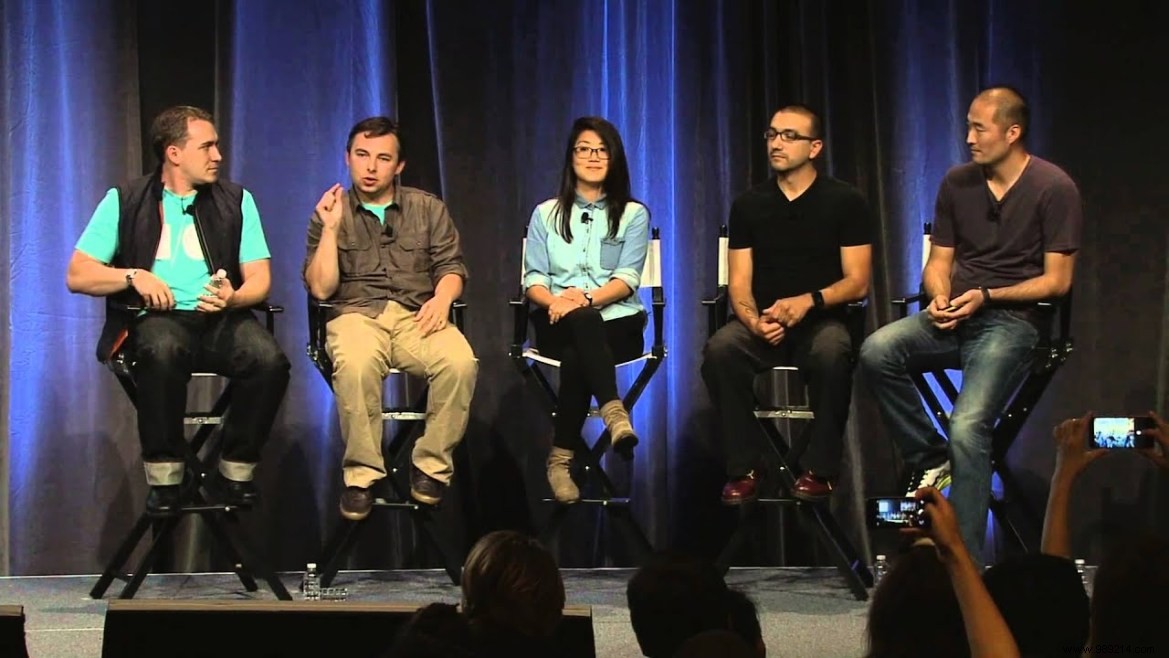
While Google's new design language is generating the most excitement on its mobile platform, that doesn't reflect its origins. This effort was born out of the challenges of creating websites that adapt to different screen sizes. The search giant wants the look and feel to transition across form factors, with people able to navigate one device using information they've learned from another. You can already see Material Design in the web versions of Keep, Drive, and Inbox by Gmail. It should also appear more prominently in Chrome OS.
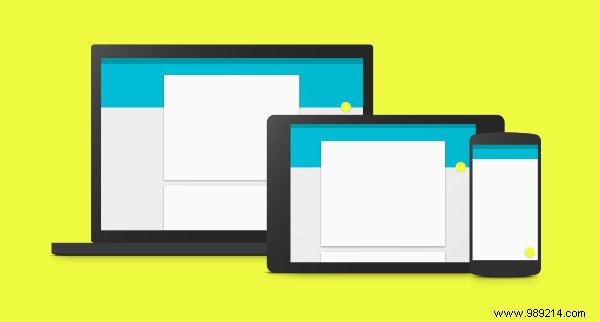
Nexus devices that ship with Android 5.0 already offer a deep hardware experience. The latest version of the operating system has also started rolling out to Nexus and Motorola phones and tablets. People without Android 5.0 do not have to live without it. Many apps from Google have already made the transition and are available directly in the Play Store. You can also check out our list of eight other apps that already feature Material Design.
And if you're an Android app developer, Google has released a Material Design Checklist that can help you be sure that everything is correct. Google has also provided a website that lays things out clearly for average people too.
If you have any questions about Material Design, feel free to ask them in the comments below!
Image credits:Android developers, Google